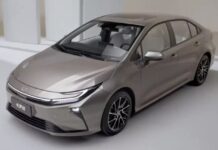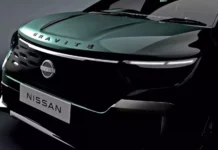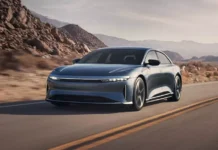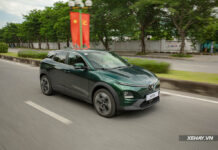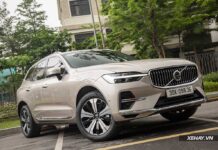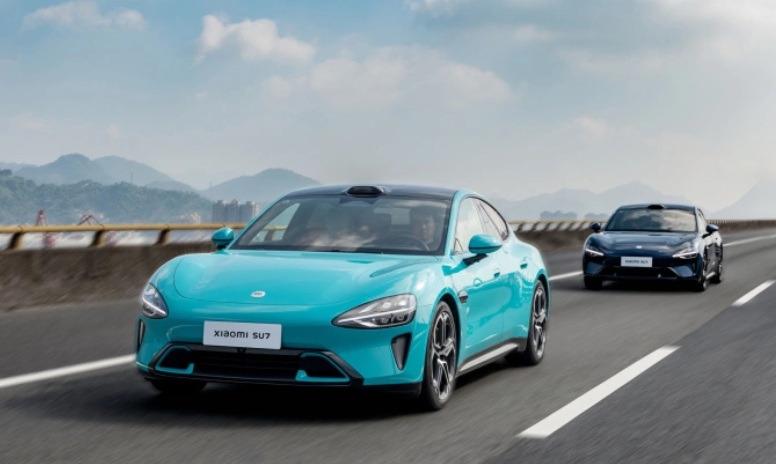Despite economic challenges, the global electric vehicle market continues to thrive, setting new records for sales and market share.
According to the latest report by the International Energy Agency (IEA), released on May 13, electric vehicles are becoming the dominant trend in the global automotive industry. In 2024, approximately 17 million electric vehicles were sold, accounting for over 20% of global car sales.
This growth trajectory continued into the first quarter of 2025, with a 35% increase in sales compared to the same period last year. The IEA estimates that if the current trend persists, electric vehicles could capture more than 40% of global car sales by 2030.
China leads, the US grows steadily, and Europe stalls
In the global landscape, China remains the largest and fastest-growing market for electric vehicles. In 2024 alone, nearly half of the cars sold in the country were electric, totaling over 11 million units, surpassing the global sales of electric vehicles in 2022. China is also the world’s largest production hub for electric vehicles, accounting for over 70% of output and contributing about 1.25 million vehicles for export in 2024.
In the US, while the growth rate isn’t explosive, the market still witnessed a 10% increase in electric vehicle sales compared to the previous year. Electric vehicles now account for over 10% of new car sales in the US, reflecting their growing acceptance among consumers.
Europe, on the other hand, experienced a stagnation in electric vehicle sales. As subsidy and tax incentive policies in countries like Germany and France began to phase out, the market share of electric vehicles stabilized at around 20%, similar to the previous year. However, many experts believe this is merely a transitional phase, and the market still holds significant potential if policies are updated to match the realities of the market.
Emerging markets are booming
A notable highlight in the IEA report is the strong performance of emerging markets in Asia and Latin America. In these regions, electric vehicle sales surged by over 60% in 2024, partly due to increased exports from China and the introduction of affordable models.
Access to electric vehicles in these countries is becoming more feasible due to their increasingly competitive pricing. In China, where competition is fiercest, nearly 67% of electric vehicles sold in 2024 were cheaper than their gasoline counterparts, even without government subsidies.
In contrast, in the US and Germany, electric vehicle prices remain 20-30% higher than comparable gasoline models. However, the cost advantage in operation still makes electric vehicles more appealing in the long run.
Low operating costs, long-term benefits
The IEA report highlights that electric vehicles continue to offer lower operating costs. Even with a significant drop in oil prices, charging and operating an electric vehicle at home in Europe is still about half the cost of a gasoline car. This key factor drives consumers to embrace electric vehicles, especially amid rising living costs in many countries.
Additionally, falling battery prices and improving technological efficiency are significantly reducing production costs for electric vehicles. This is expected to further push down price levels, expanding access for mainstream consumers.
Electric trucks: A nascent market gains momentum
The trend isn’t limited to passenger cars; sales of electric trucks are also booming. In 2024, global electric truck sales surged by 80%, capturing nearly 2% of the truck market share. This momentum is primarily driven by China, where heavy-duty electric trucks are gaining traction due to their significantly lower operating costs compared to diesel trucks, despite higher initial purchase prices.
The future of electric vehicles: Beyond the trial phase
Based on the published figures, it’s evident that electric vehicles are no longer a choice for the “future” but a present-day reality. The push toward electrification by major markets like China, the US, and emerging economies is reshaping the global automotive industry.
With support from policies, technology, and market competition, the IEA believes that electric vehicles will sustain their growth trajectory, aiming for a dominant market share in the coming years.
“Geely Halts Construction of New Factories Amid Overcapacity Crisis: Fate of Geely Vietnam Factory Remains Unknown”
“Amidst the backdrop of fierce price competition in the Chinese automotive market and mounting concerns over declining profits industry-wide, a bold move was made. With a deft hand and an eye for opportunity, a strategic decision was undertaken to navigate these challenges and propel the industry forward.”

